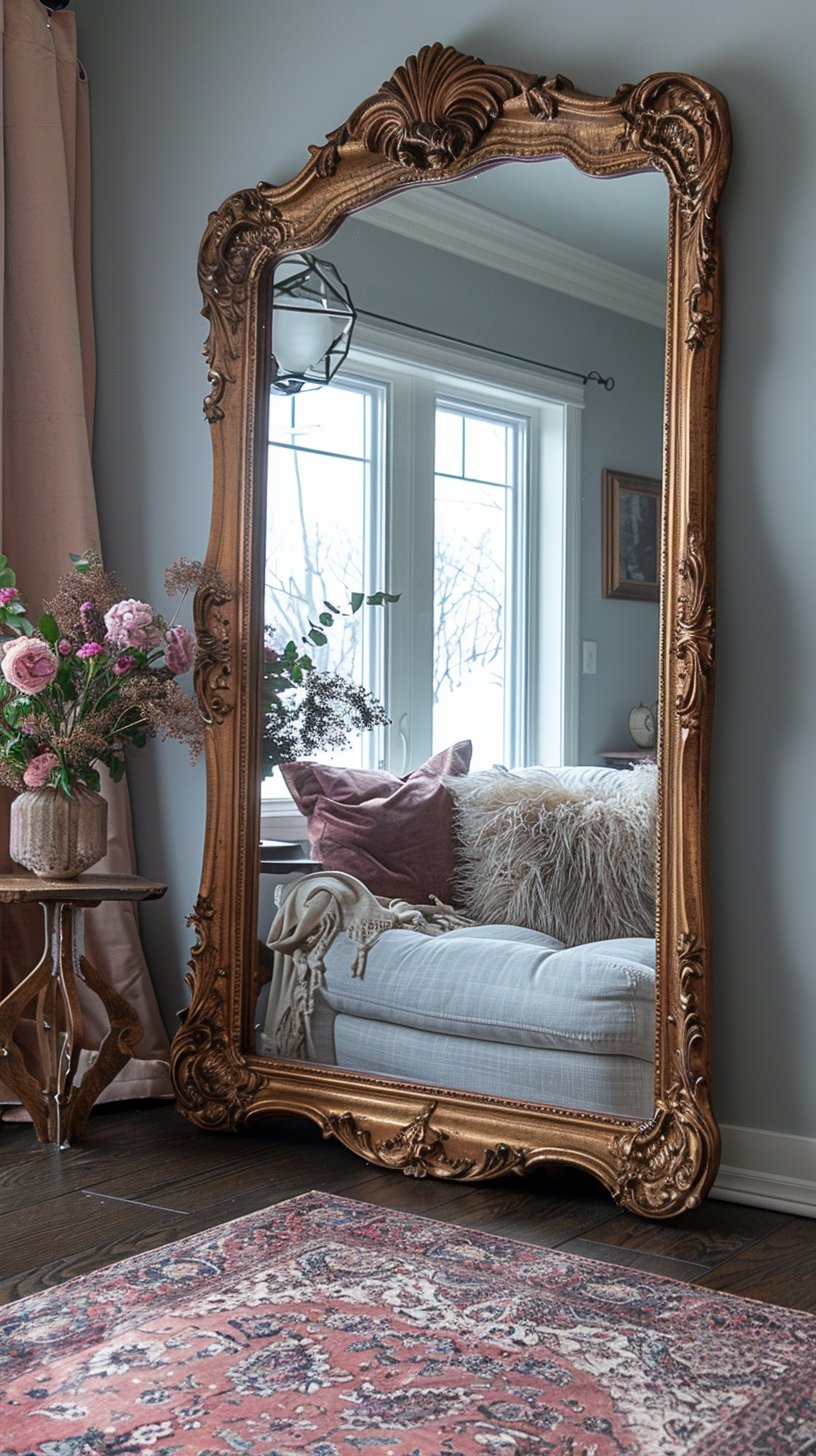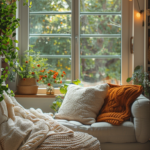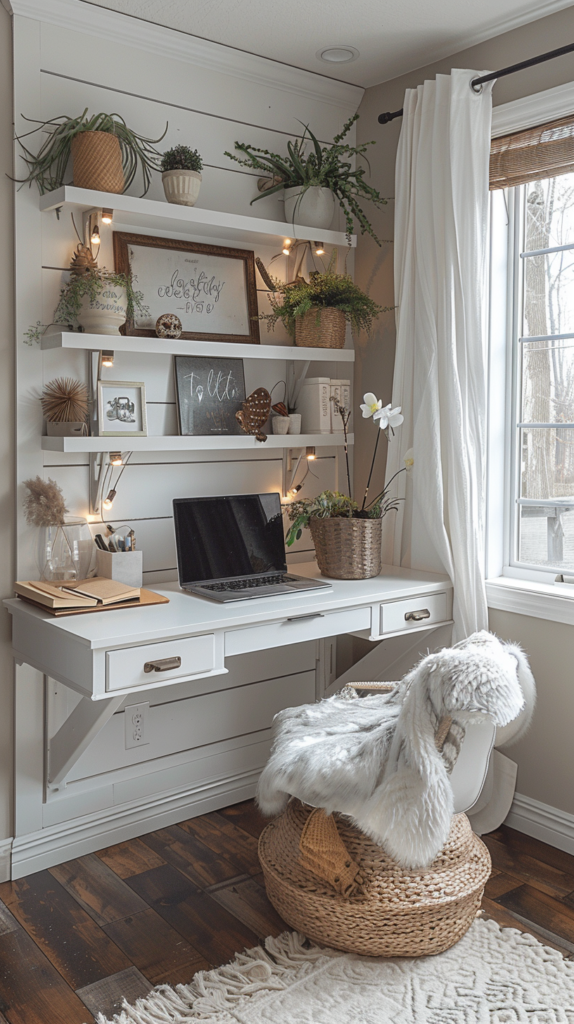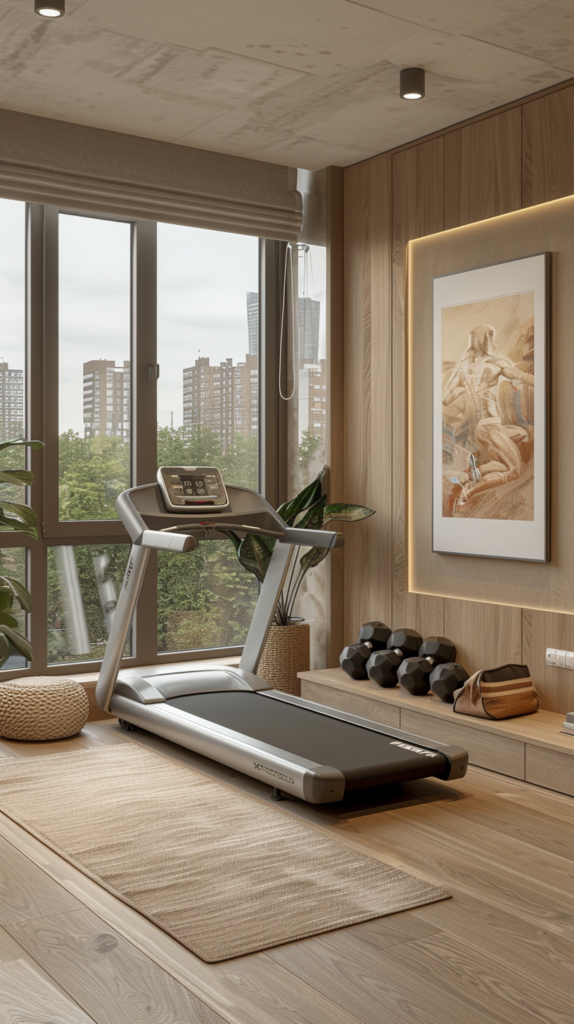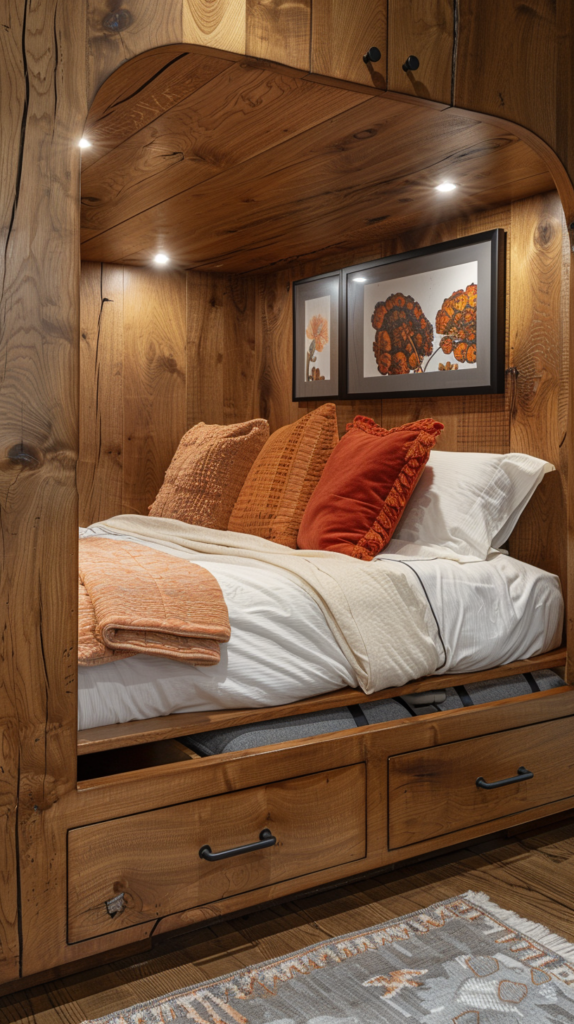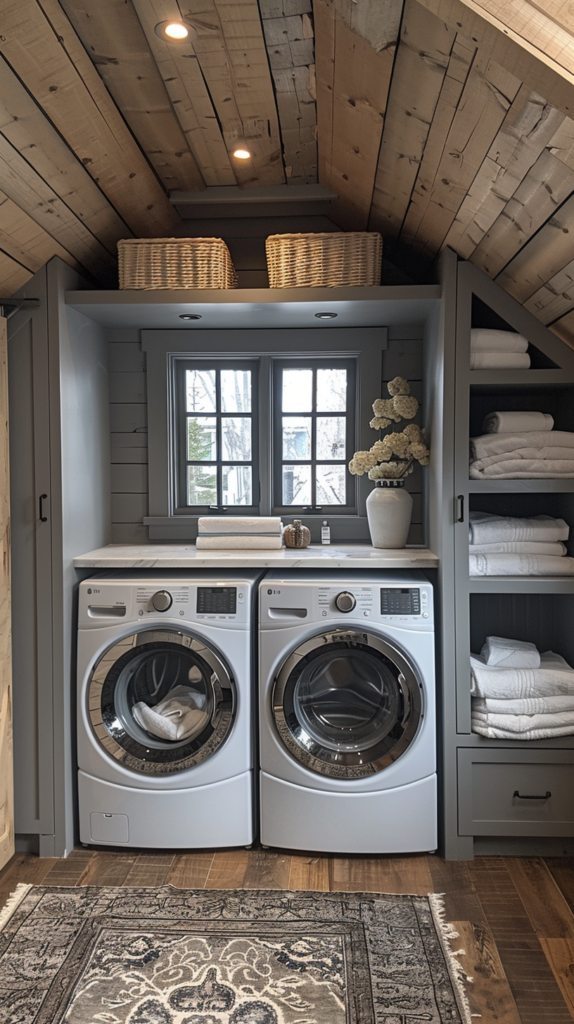Mirrors are more than just reflective surfaces; they are powerful tools in interior design. They can transform a room by creating the illusion of space and light. Have you ever noticed how a well-placed mirror can make a tiny room feel expansive? It’s not magic—it’s clever design. Mirrors reflect light, views, and even your style, making them a versatile addition to any decor.
Why Mirrors Make Spaces Feel Larger
In small spaces, every square inch counts. Mirrors help by visually expanding the area, tricking the eye into thinking the space is larger than it is. By reflecting light and color, they enhance the overall brightness and depth of a room. This simple addition can make a room feel twice its size without any major renovations.
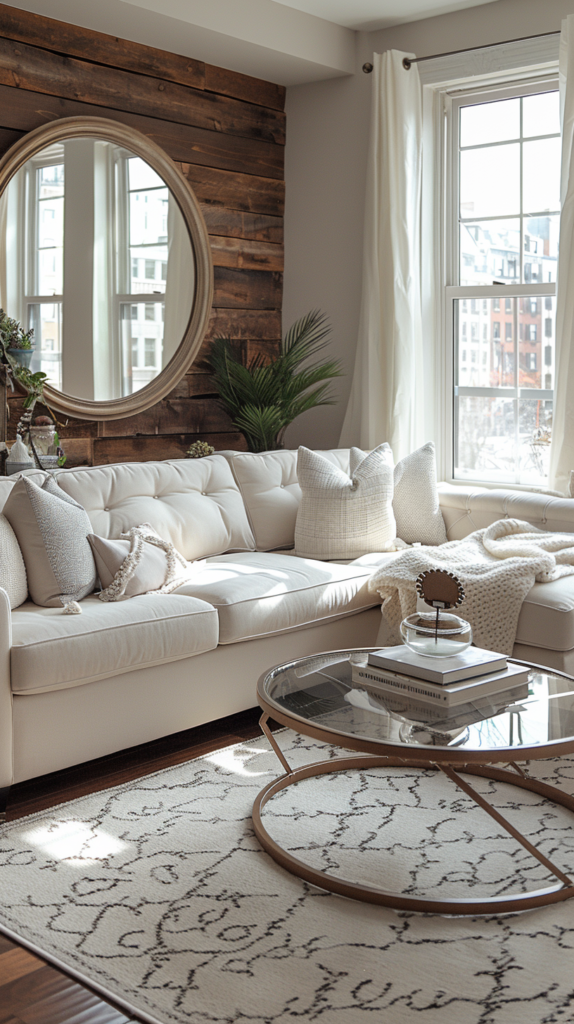
Choosing the Right Mirrors for Small Spaces
Types of Mirrors
When selecting mirrors for a small space, consider the types that best suit your needs. Frameless mirrors provide a sleek, modern look and work well in contemporary settings. Ornate framed mirrors, on the other hand, add a touch of elegance and can serve as statement pieces. Decide whether you want a mirror that blends in seamlessly or one that stands out as a focal point.
Mirror Shapes and Sizes
Size and shape are crucial when it comes to maximizing a small space. Large mirrors can create a dramatic effect, while smaller mirrors arranged in a gallery style can add interest without overwhelming the room. Round mirrors soften the sharp lines of a room, while rectangular mirrors can accentuate height. Choose shapes and sizes that complement your space and enhance its natural features.
Placement Tips to Enhance Space
Strategic Wall Placement
Placement is key to making the most of mirrors in a small space. Positioning a mirror opposite a window or a light source can amplify natural light and brighten up the room. Try placing mirrors on walls adjacent to the main view to reflect beautiful scenery and make the space feel larger.
Using Mirrors to Create Focal Points
Mirrors can also be used to create focal points. A large mirror above a sofa or a bed can draw attention and give the room a polished look. Consider using mirrors to highlight architectural features or artwork, making them stand out and adding depth to your decor.
Mirrors and Light: A Winning Combination
Maximizing Natural Light
One of the biggest advantages of using mirrors is their ability to enhance natural light. By reflecting sunlight, mirrors can brighten up even the darkest corners of a room. Position mirrors to reflect daylight from windows, making the space feel airy and open.
Adding Artificial Lighting with Mirrors
Mirrors can also work wonders with artificial lighting. Wall sconces or pendant lights placed near mirrors can amplify their effect, creating a well-lit, inviting atmosphere. Reflective surfaces enhance the luminosity of light sources, making rooms feel more vibrant and lively.
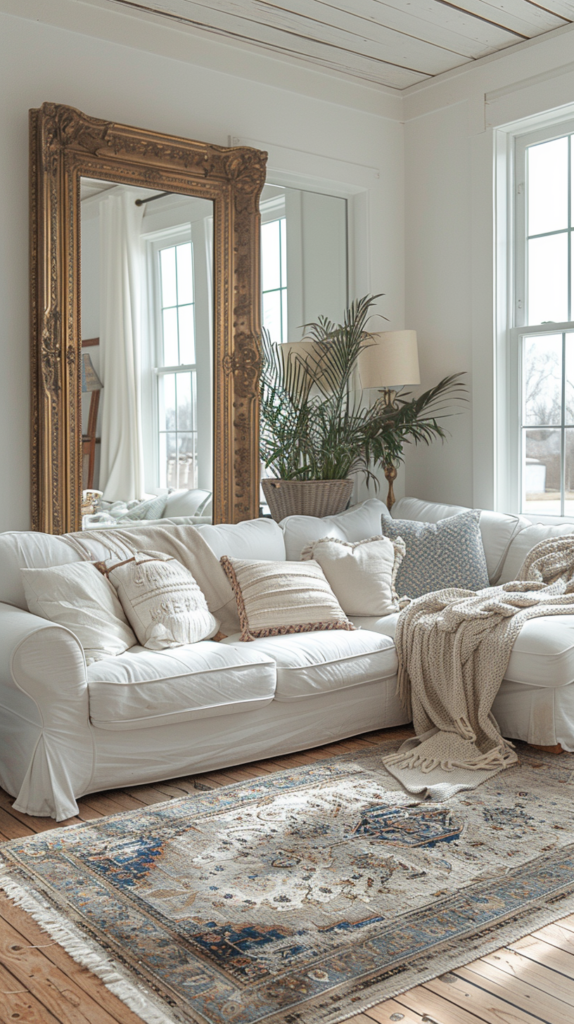
Creating Depth with Mirrors
Mirrors as Art Pieces
Mirrors don’t just reflect; they can also serve as unique art pieces. Choose mirrors with interesting frames or designs that add character to your space. An intricately framed mirror can act as a centerpiece, drawing attention and adding sophistication to the room.
Using Mirrors to Reflect Views
Another way to use mirrors is by reflecting outdoor views or attractive interior elements. A mirror that reflects a beautiful garden or a stylish piece of furniture can extend the visual space and integrate the outdoors with your indoor living area.
Practical Tips for Using Mirrors in Different Rooms
Living Room Mirror Ideas
In the living room, mirrors can create a sense of openness and enhance the ambiance. Consider a large mirror behind a sofa or a series of smaller mirrors arranged as a gallery wall. This not only makes the room look larger, but also adds a stylish touch to your decor.
Bedroom Mirror Placement
For the bedroom, mirrors can be both functional and decorative. Full-length mirrors are practical for dressing and adding a touch of elegance. Wall-mounted mirrors or mirrored furniture can create a chic look and make the room feel more spacious.
Kitchen and Bathroom Mirrors
In the kitchen, mirrors can brighten up the space and make it feel larger. A mirrored backsplash or cabinet doors can reflect light and create a clean, modern look. In bathrooms, mirrored vanities or medicine cabinets are practical choices that also enhance the sense of space.
Avoiding Common Mistakes
Overusing Mirrors
While mirrors are great for expanding space, overusing them can lead to a cluttered look. Avoid placing mirrors on every wall or creating too many reflective surfaces. Balance mirrors with other design elements to maintain harmony and avoid overwhelming the space.
Poor Mirror Placement Choices
Placement is crucial when using mirrors. Avoid placing mirrors where they reflect clutter or unappealing views. Ensure that mirrors are positioned thoughtfully to enhance the room’s aesthetics and functionality.
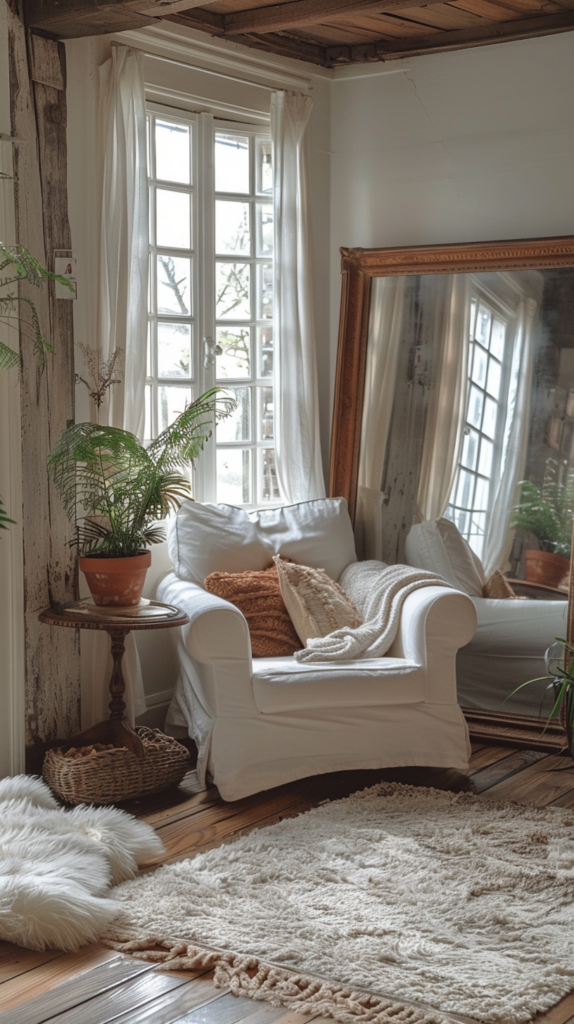
Maintaining Your Mirrors
Cleaning Tips
To keep your mirrors looking their best, clean them regularly with a glass cleaner or a mixture of water and vinegar. Use a soft cloth to avoid streaks and ensure a spotless finish. For hard-to-reach areas, consider using a microfiber duster.
Ensuring Longevity
Mirrors are an investment, so it’s important to care for them properly. Avoid placing mirrors in areas with high humidity or direct sunlight, as this can cause damage over time. Regular maintenance and proper placement will help extend the life of your mirrors.
Conclusion
Mirrors are an incredible tool for making small spaces look bigger. With the right choices and placement, they can enhance light, create depth, and add style to any room. Whether you’re using mirrors to reflect beautiful views or to make your space feel more open, the key is to use them strategically and creatively. By following these tips, you can transform your small space into a more expansive and inviting environment.
FAQs
How can I use mirrors to make my room look bigger without overdoing it?
Start by selecting one or two focal mirrors rather than covering every wall. Place them strategically to reflect light and views, and balance their placement with other design elements.
What are the best mirror shapes for small spaces?
Round mirrors can soften sharp angles and add a touch of elegance. Rectangular mirrors can enhance the perception of height, while oversized mirrors can create a dramatic effect without overwhelming the space.
How do I clean mirrors without leaving streaks?
Use a glass cleaner or a mixture of water and vinegar, and clean with a soft, lint-free cloth. Wipe in a circular motion to avoid streaks and achieve a clear finish.
Can mirrors really improve lighting in a room?
Yes, mirrors can reflect natural and artificial light, making a room feel brighter and more open. Position mirrors to reflect light sources and enhance the overall illumination of the space.
What are some creative mirror placement ideas for a small apartment?
Consider placing a large mirror on a main wall to create a focal point, or arrange several smaller mirrors in a gallery style to add interest and expand the visual space. Reflecting views from windows or outdoor areas can also enhance the feeling of openness.

